Ajinkya Rahane has put himself back in the spotlight with a commanding Ranji Trophy century and a pointed message for India’s selectors: judge players by intent and recent performance, not by age. After a brilliant 159 for Mumbai against Chhattisgarh, Rahane argued he could have helped India in Australia and called for clearer communication from the selection panel.
Ajinkya Rahane’s big statement: 159 and a clear message
Ajinkya Rahane’s 159 was a textbook example of red-ball batting — patient, technically sound and match-aware. The innings anchored Mumbai to a strong first-innings total and reminded everyone why Rahane has long been considered a reliable middle-order option in Tests. Performances like this are exactly what players use to press their case for international recall.
Why this innings matters now
Timing makes this knock more than another domestic hundred. India’s Test side recently faced a tough Australia tour where experience and temperament were sorely tested. Rahane’s century arrived when selectors are balancing immediate results and long-term succession, making his performance and subsequent comments particularly relevant.
“Intent, not age”: the core of Rahane’s argument
Rahane’s central plea is simple: selection should prioritise intent, form and role-fit over the number of years on a player’s passport. He stressed that age is just a number if a player is putting in the work, delivering consistent red-ball runs and understands the role required by the team. That principle — performance and intent first — is what he wants selectors to weigh more heavily.
How intent translates into selection decisions
Intent shows up as visible commitment — playing long innings, leading by example in domestic cricket, and adapting to match situations. For a touring Test side, selectors often need players who can both absorb pressure and shift gears when needed. Rahane argues that those traits can’t be measured by age alone; they’re demonstrated on the field, in the dressing room and through consistent domestic output.
“India needed me in Australia” — measuring the claim
When Rahane said India “needed” him in Australia, it was part confidence and part critique. The Border–Gavaskar series in Australia ended in a 3–1 result for the hosts, exposing frailties in India’s middle order at times. Experienced heads with prior success in Australian conditions can stabilise innings and often act as a bridge between collapse and recovery — that’s Rahane’s point. Whether selectors would have picked him is another question, but the strategic logic behind his claim is grounded in how Test cricket sometimes rewards experience.
The communication gap: Rahane’s grievance
Beyond the cricketing argument, Rahane voiced frustration about a lack of direct communication from the selection committee regarding his omission. He said there was “no communication,” a complaint that raises a professional concern: when senior players feel uninformed, tensions spill into public debate. Clear, respectful feedback between selectors and established players is essential to prevent misunderstandings and to maintain trust.
Why better feedback matters
Transparent communication helps players plan — whether to redouble efforts domestically, tweak technique, or accept a role shift. It also reduces public friction and gives fans a clearer sense of the team’s strategy. In a system as competitive as Indian cricket, professionalism and clarity from selectors are as important as on-field results.
What selectors and fans should consider now
- Form first: Recent domestic red-ball runs like Rahane’s should carry weight. Selection panels must have a transparent mechanism that links domestic performance to international opportunities.
- Role clarity: Define what you want from each slot. If the team needs a technically sound, steady No. 5 or No. 6 for overseas tours, then choose players who fit that niche — regardless of age. Rahane’s skill set maps directly to such roles.
- Communication standards: Inform senior players of selection reasons. Honest, timely feedback reduces public headlines and keeps discussions professional. Rahane’s public comments underline why this matters.
What this means for Ajinkya Rahane and Indian Test cricket
For Ajinkya Rahane, the roadmap is straightforward: keep scoring red-ball runs, lead Mumbai effectively, and make selection decisions harder for the panel to ignore. For Indian cricket, Rahane’s intervention is a timely reminder to balance transition with tactical needs. The selection process should remain forward-looking but not at the cost of losing match-winning experience in specific overseas conditions.
Final take: a useful debate, not just a grievance
Ajinkya Rahane’s 159 and his call to value intent over age are more than headline fodder — they reframe an important selection question. Teams that successfully blend youthful energy with experience typically perform best in Tests, especially overseas. If selectors and senior players can use this moment to improve communication and clarify roles, Indian cricket will benefit long-term. Until then, Rahane’s bat and his words will keep the conversation alive — and that’s healthy for the game.
Also Read: Pakistan Declares Salman Khan a Terrorist!
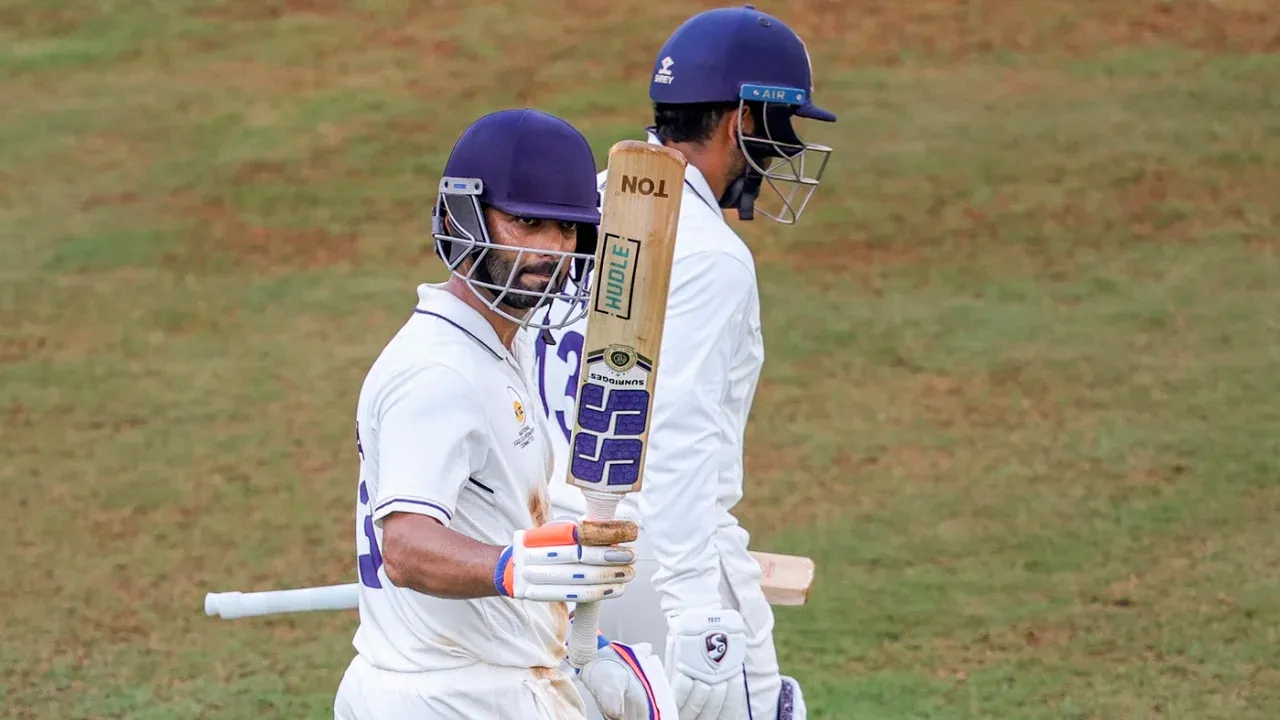


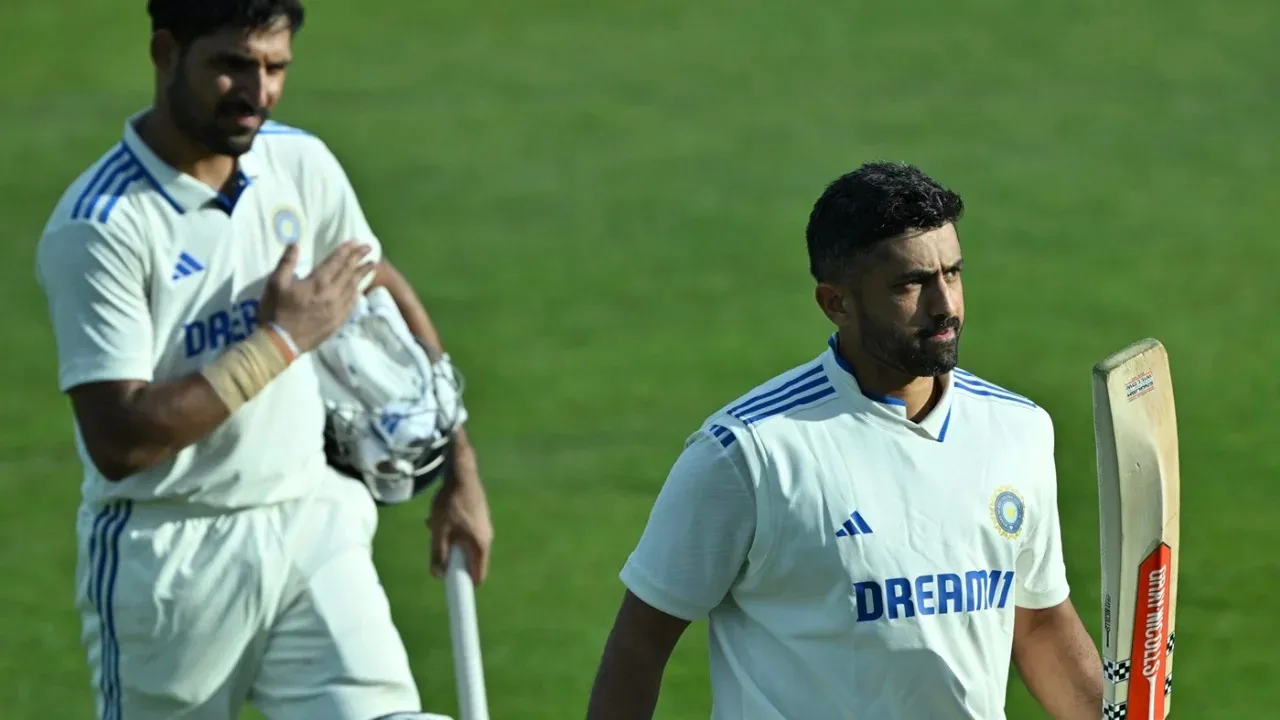
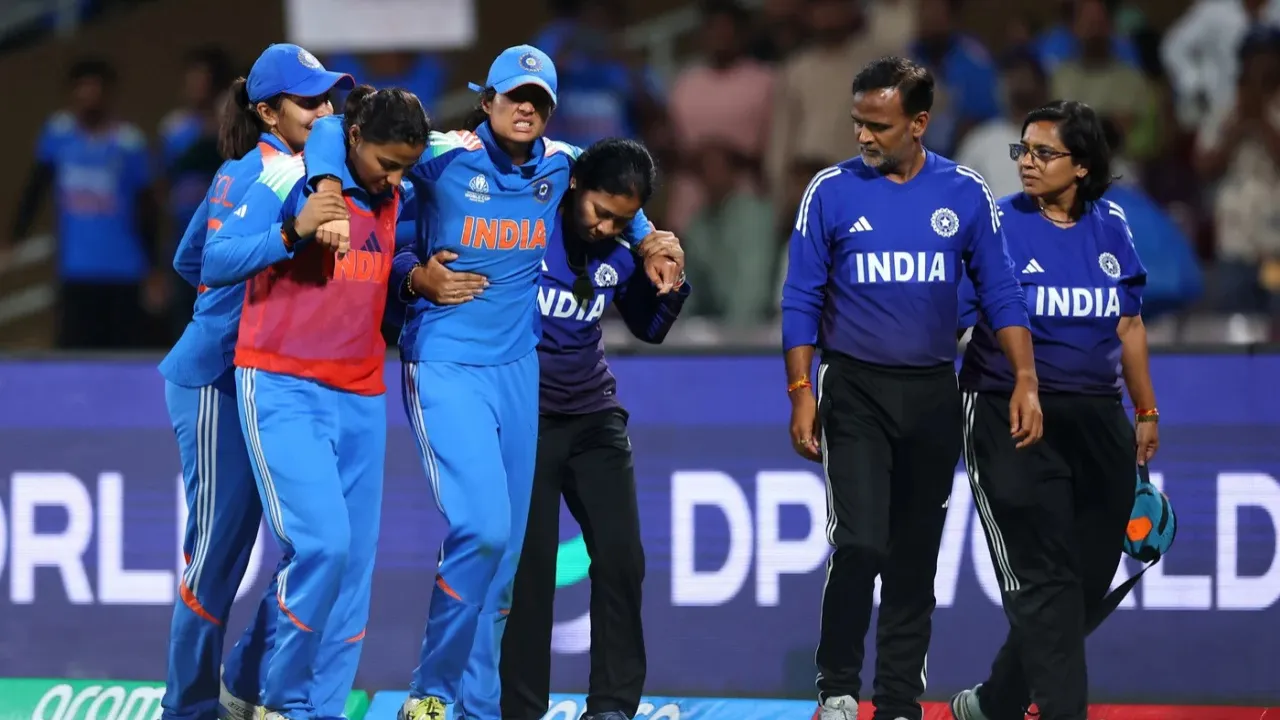
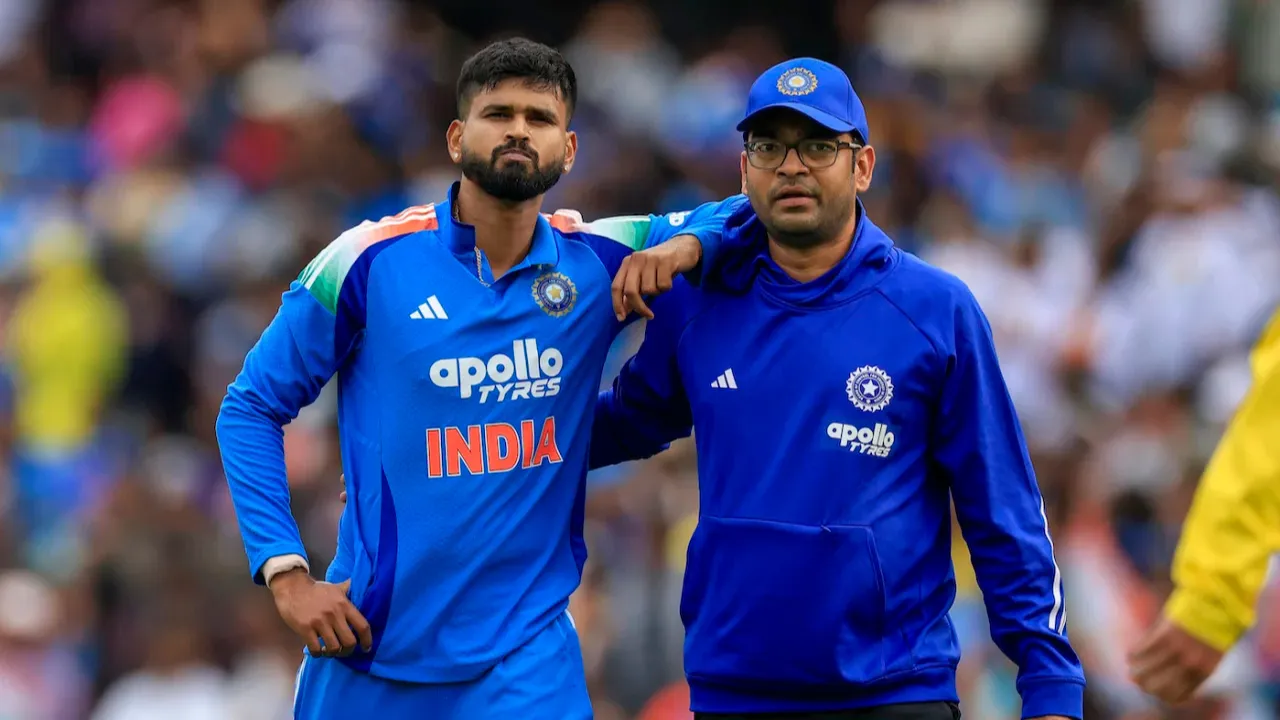
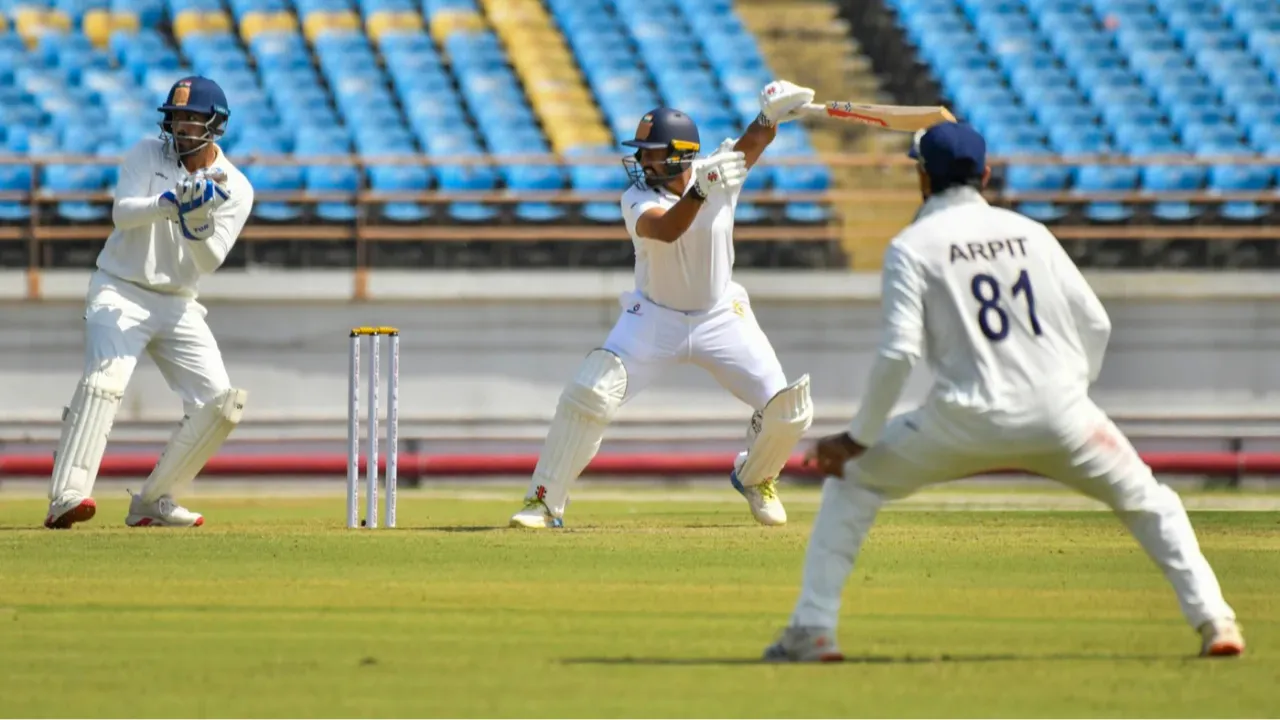
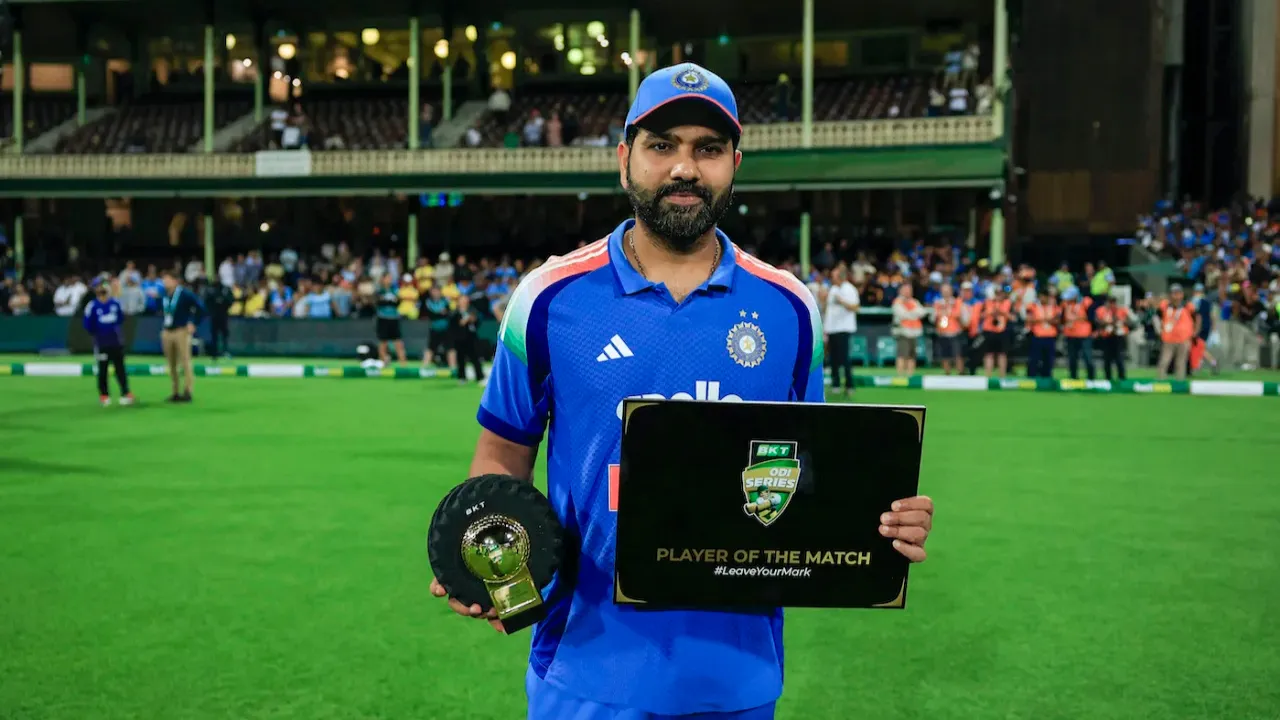
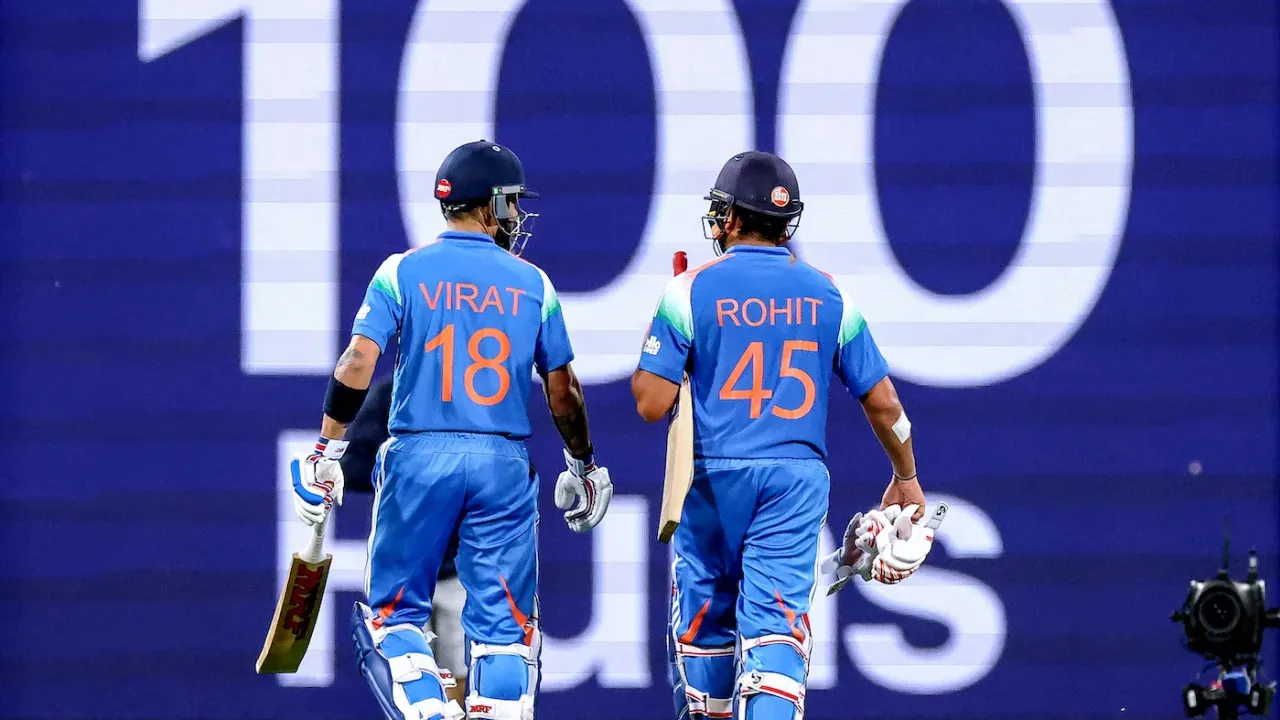
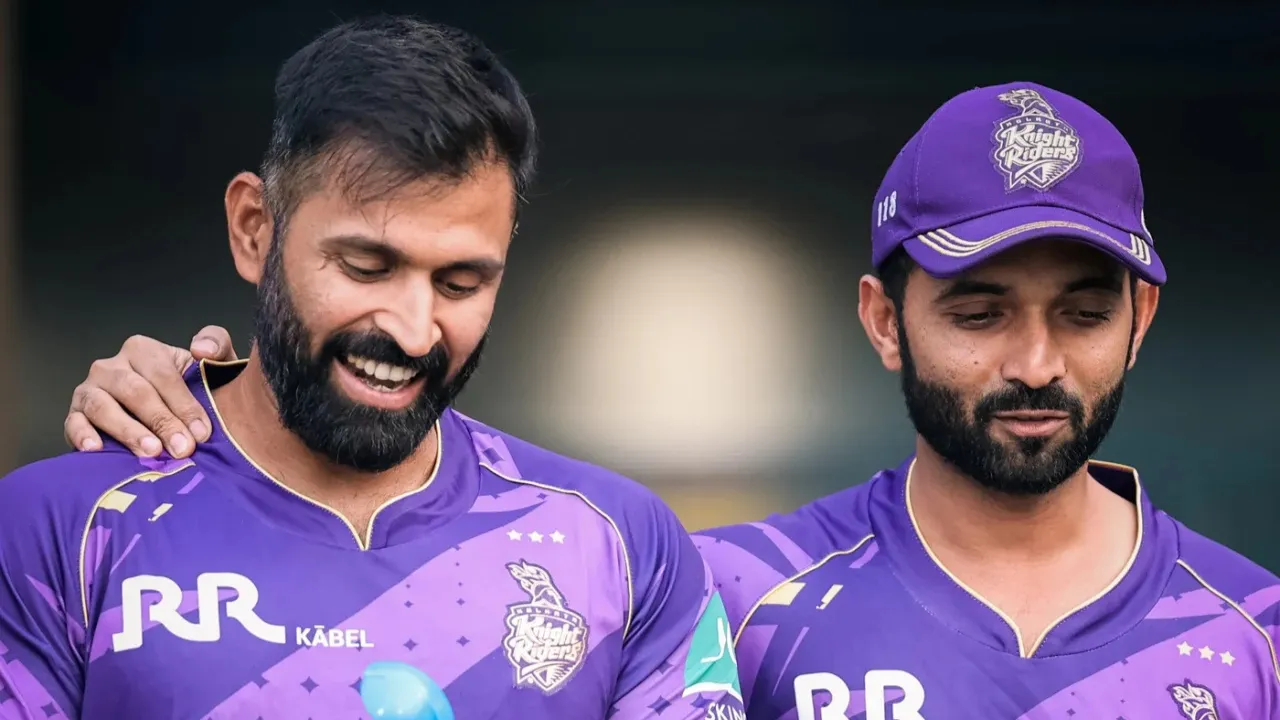

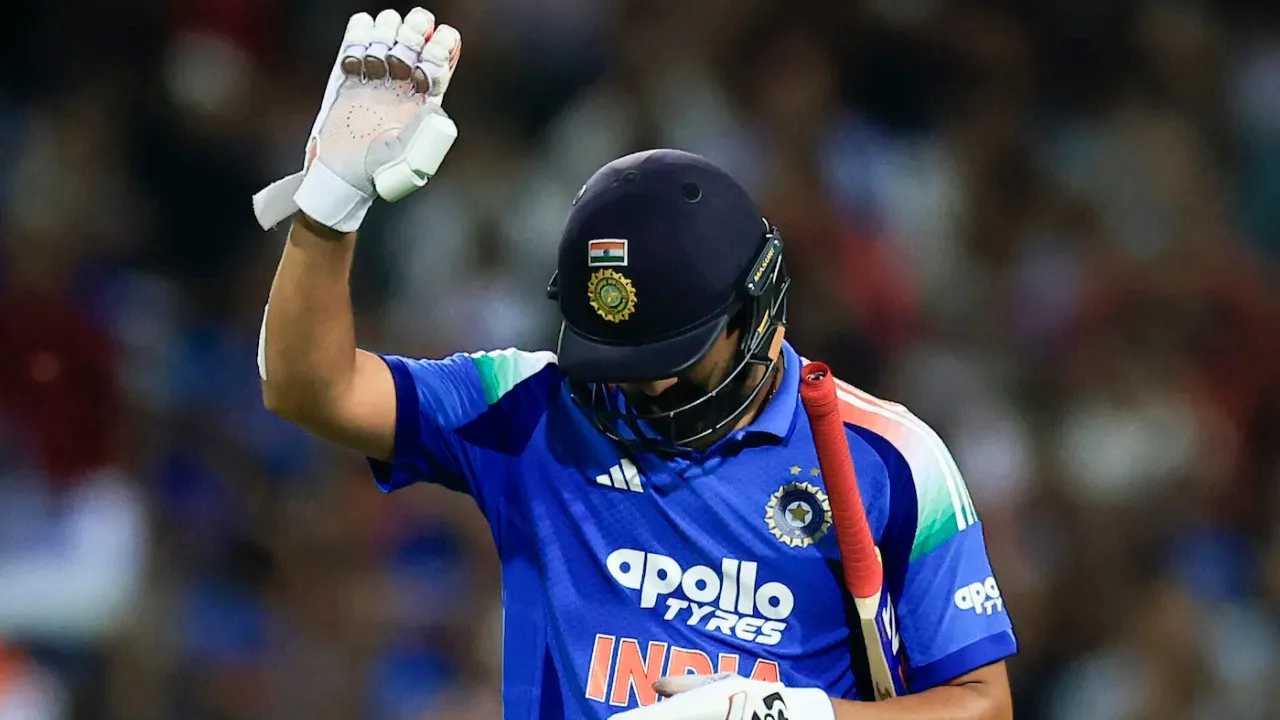
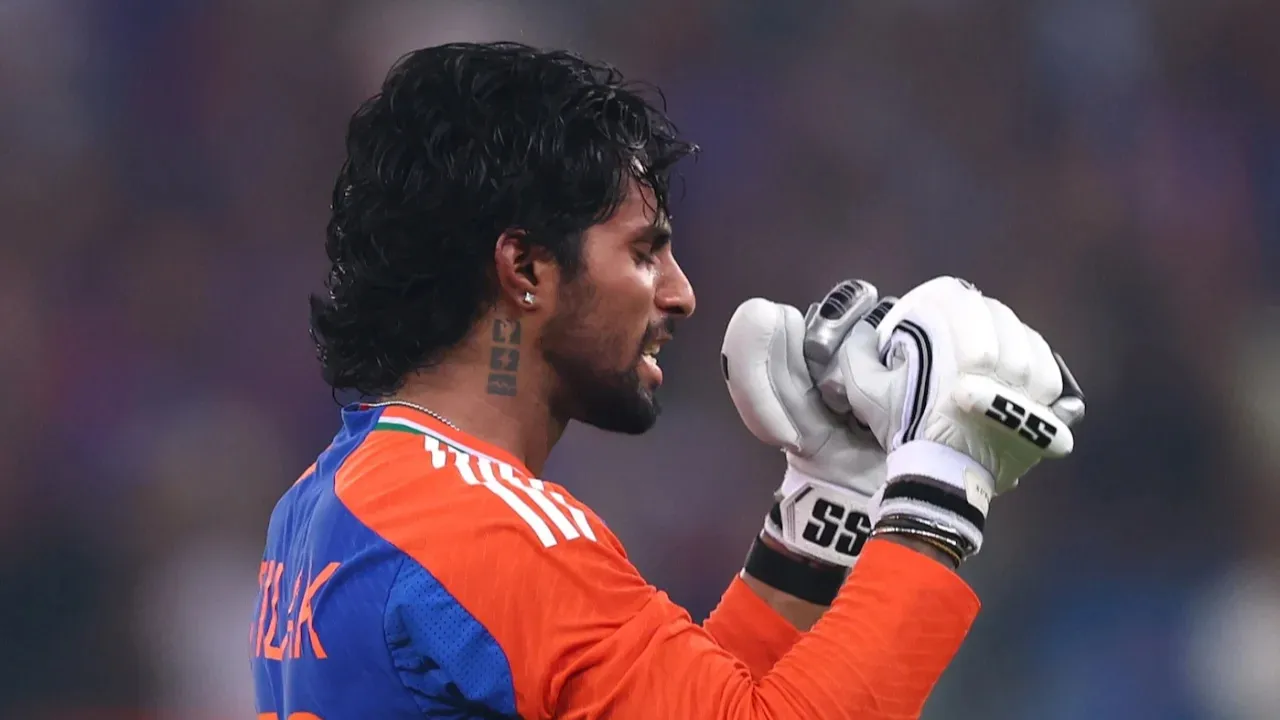
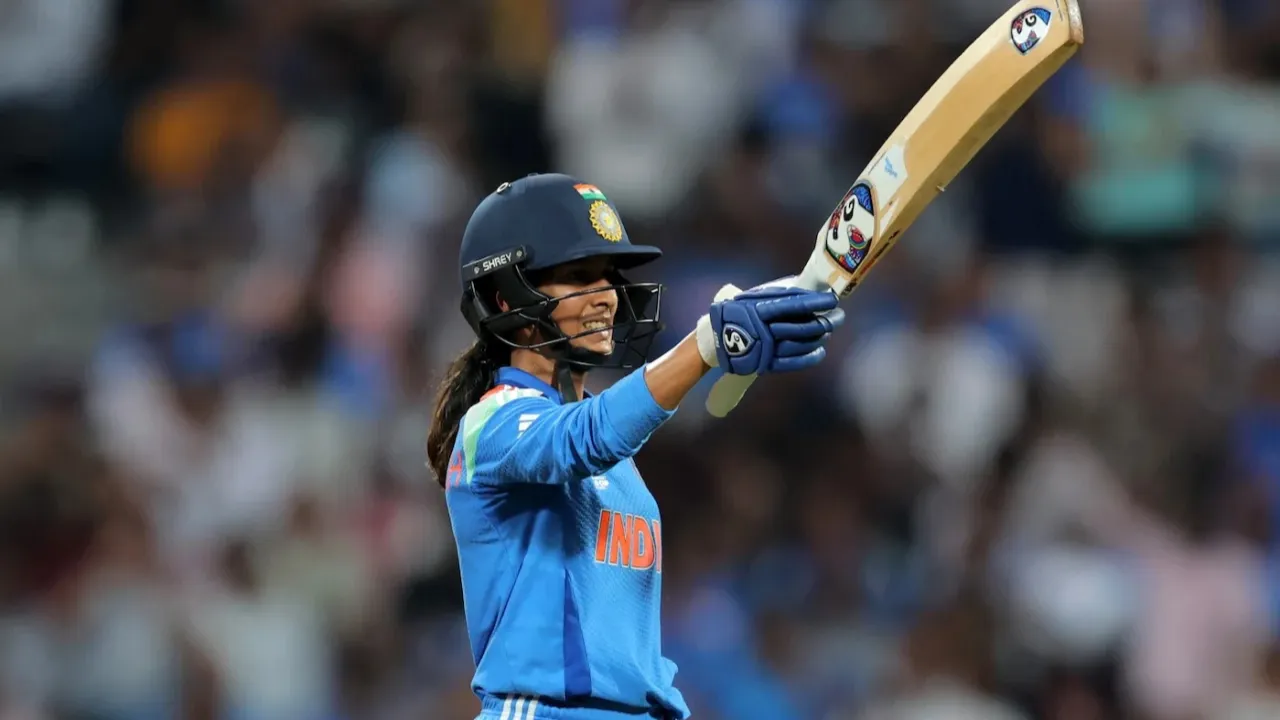
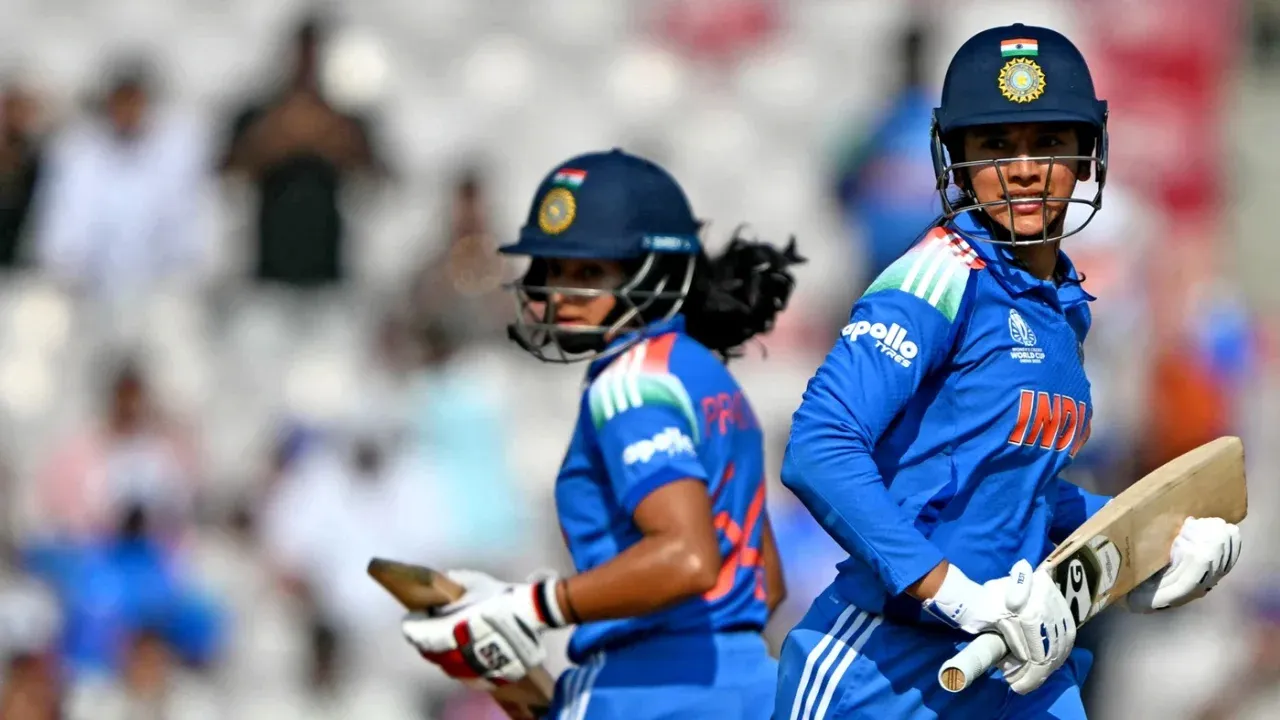
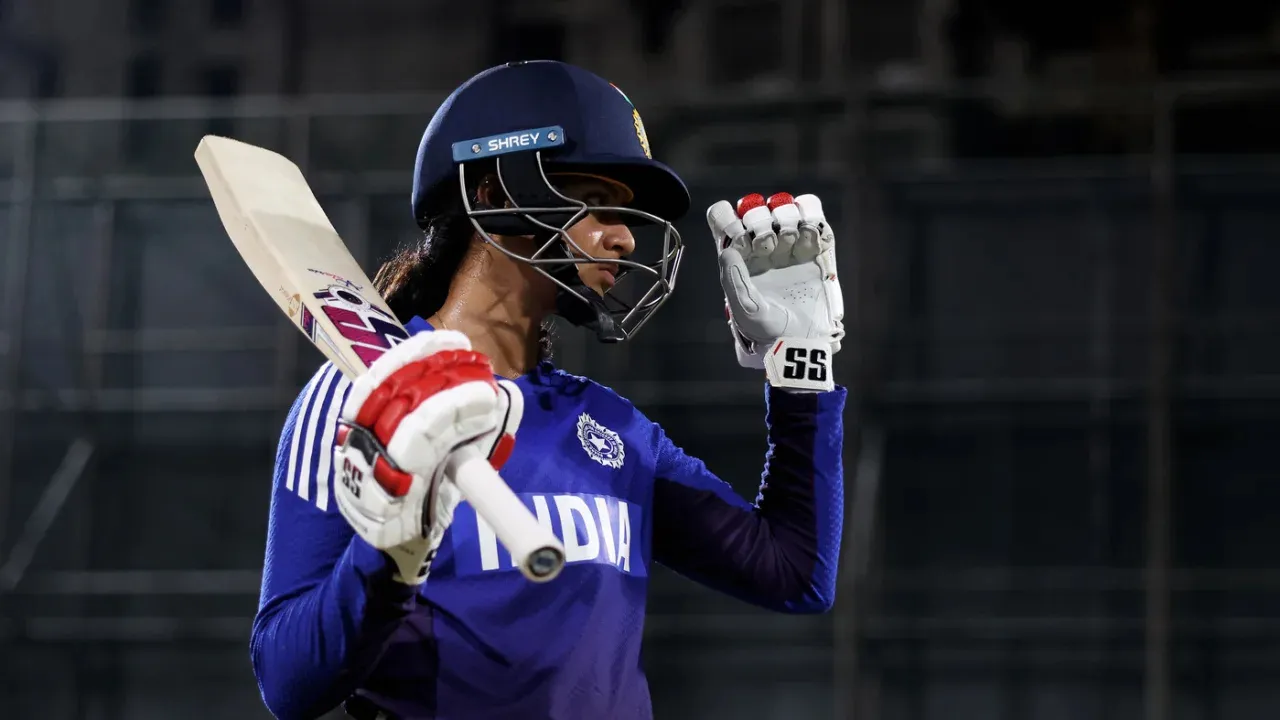
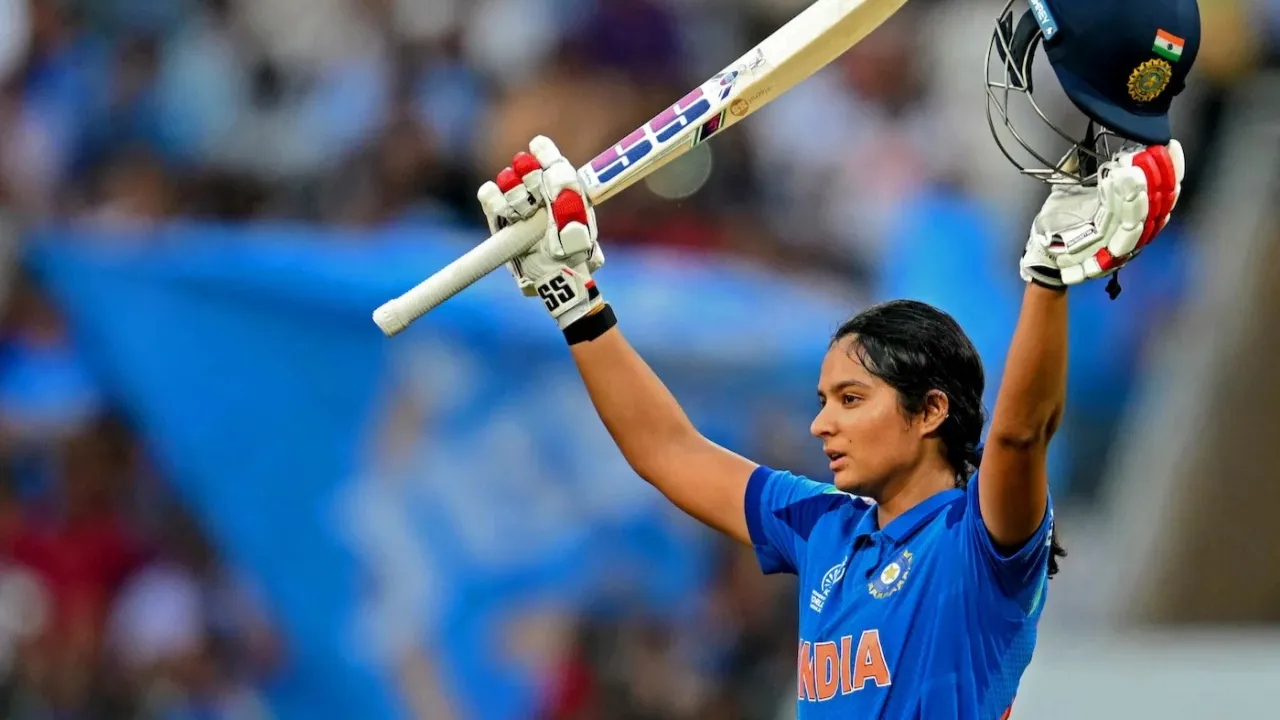
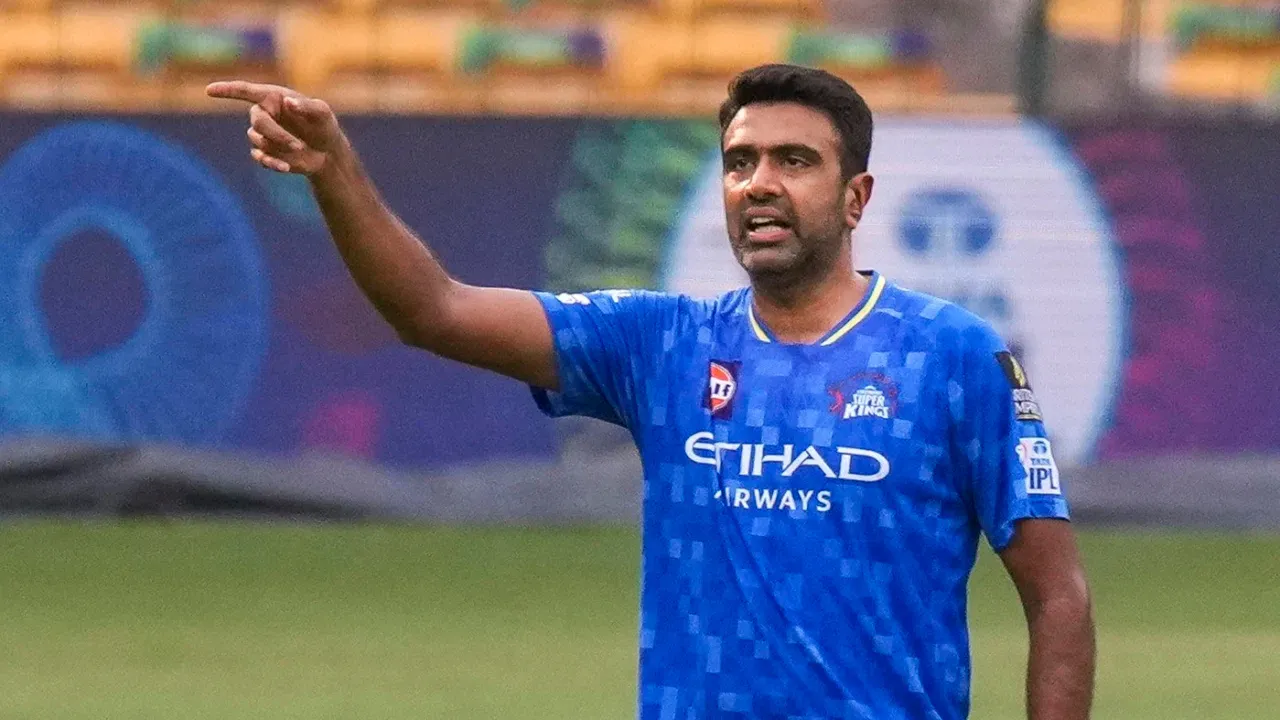
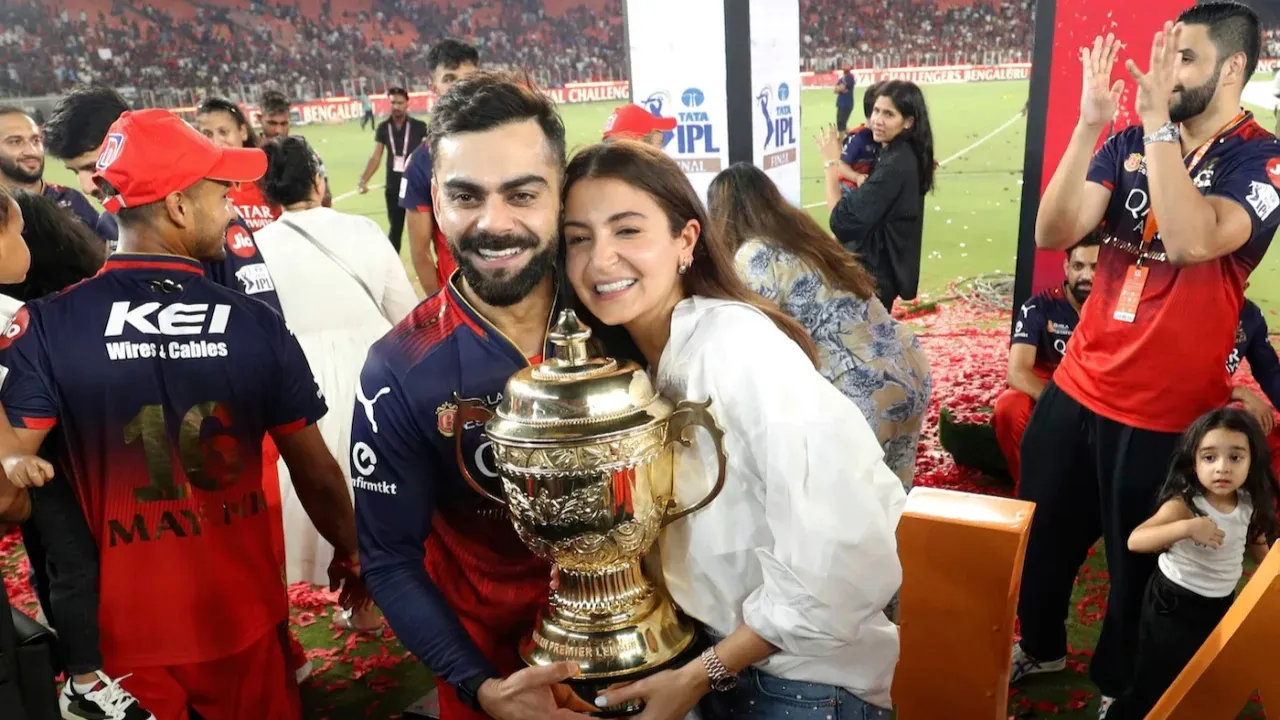
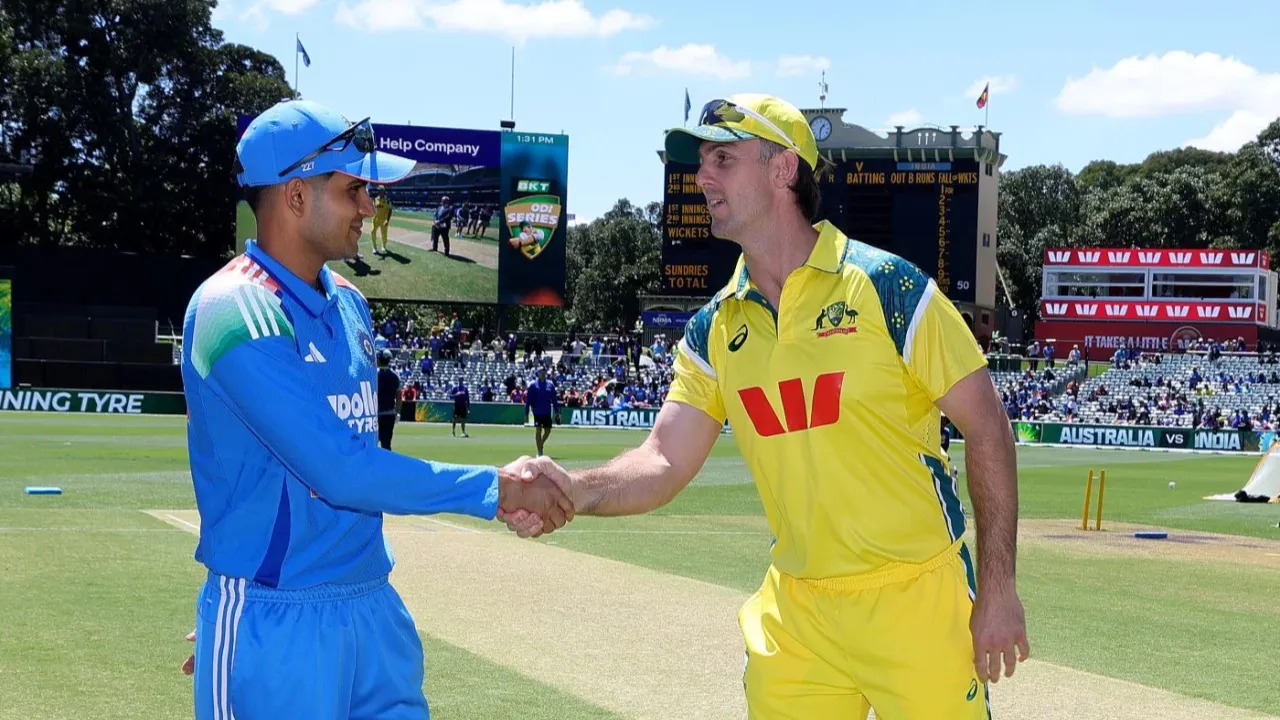
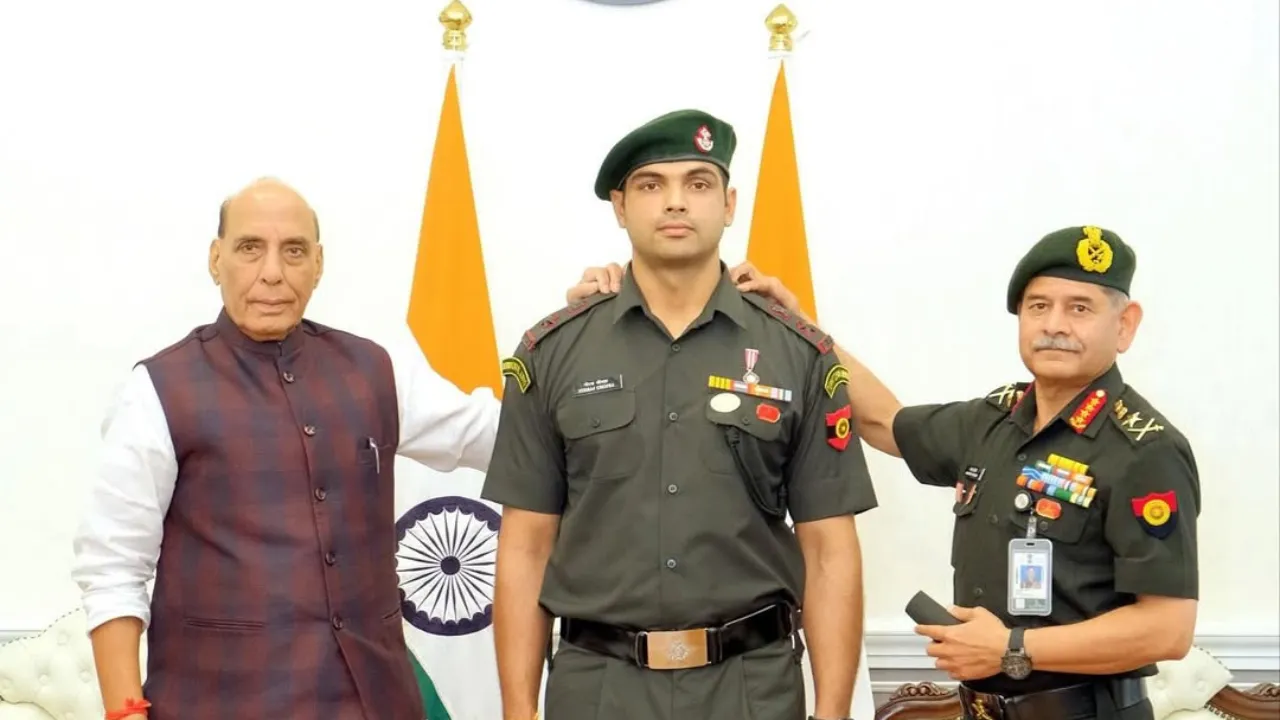

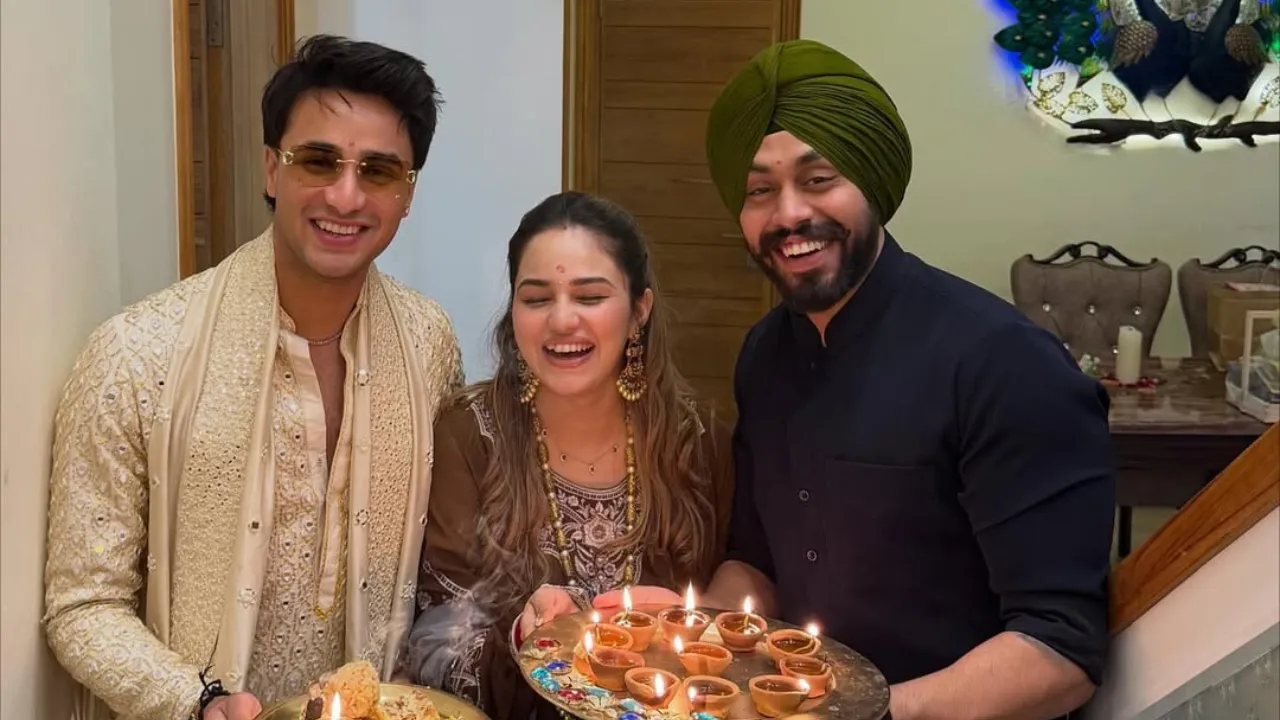
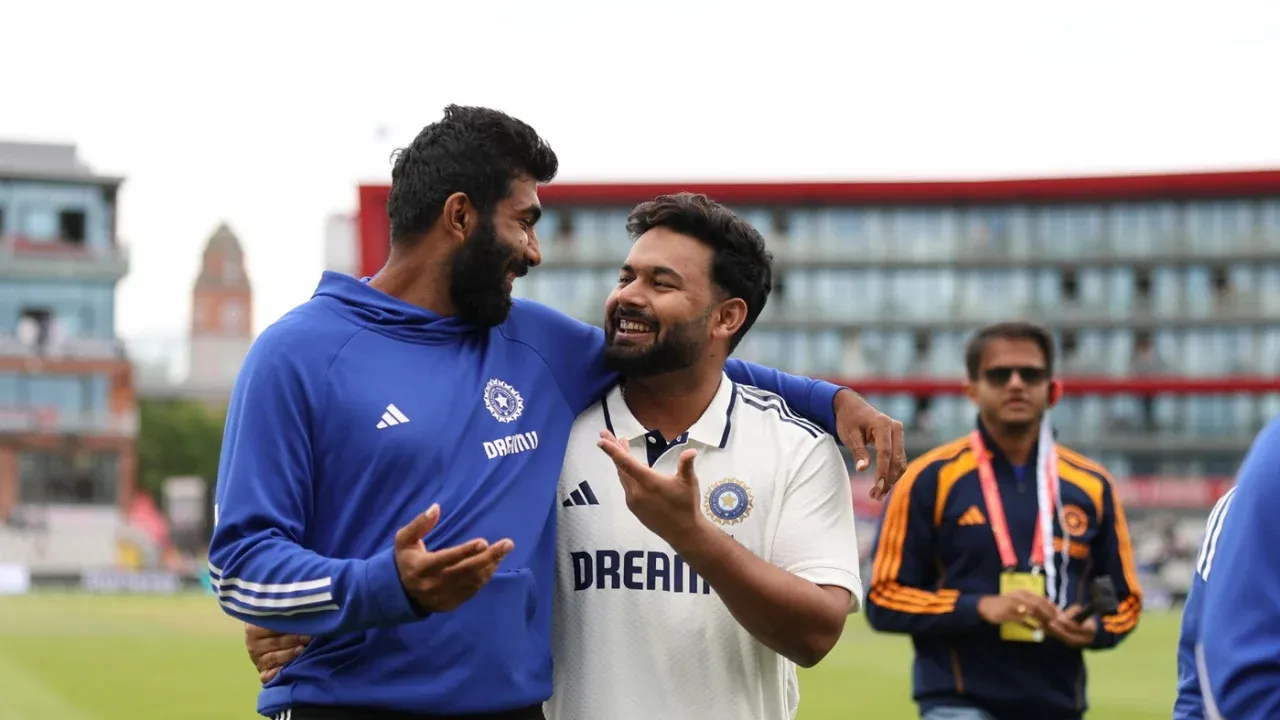
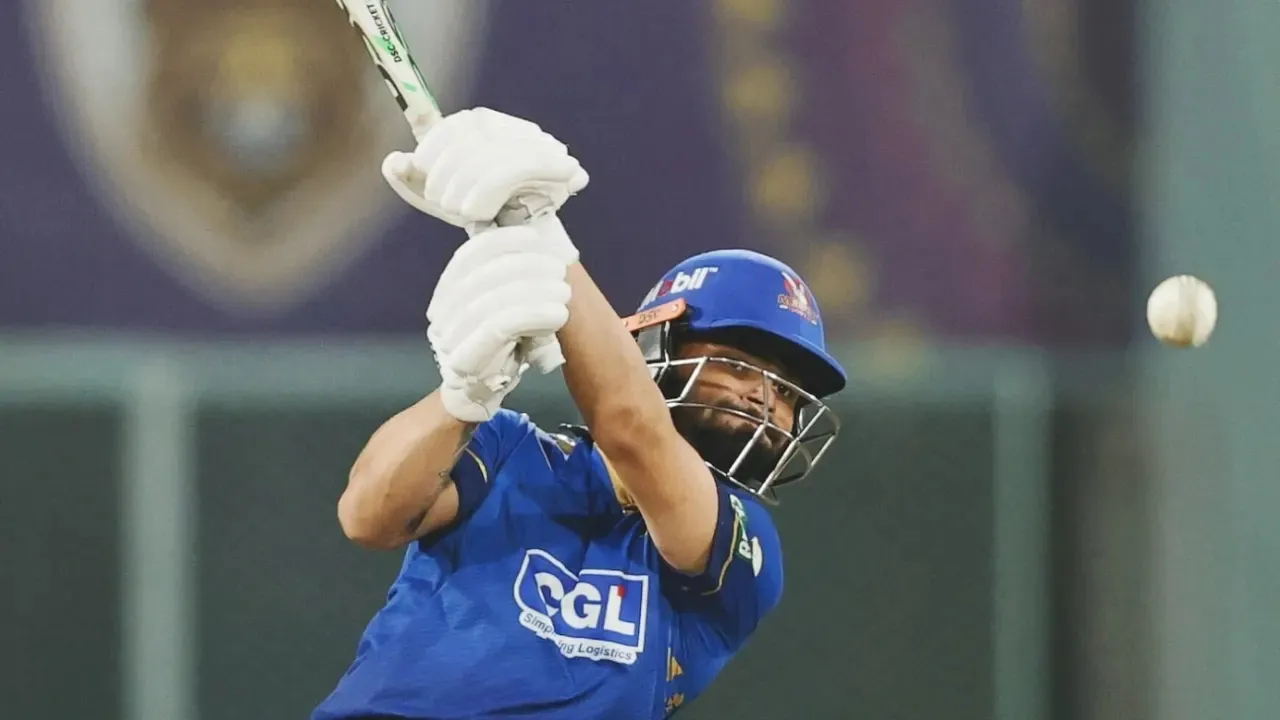
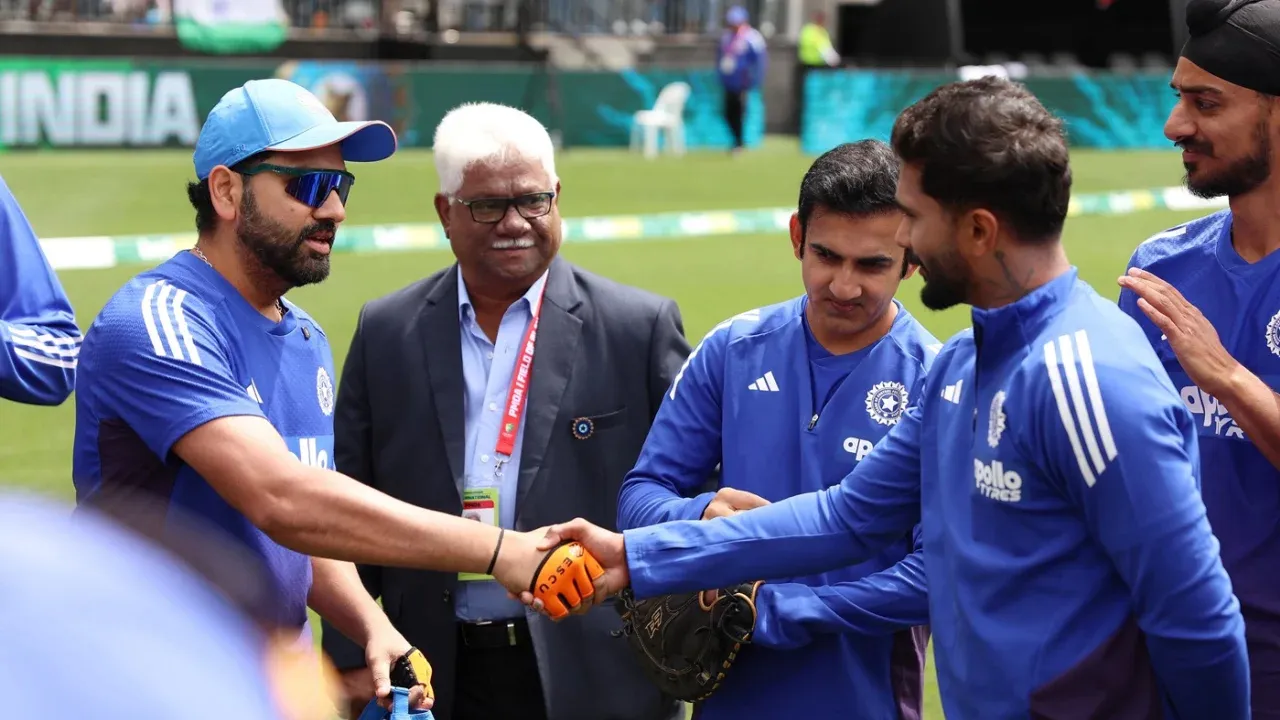
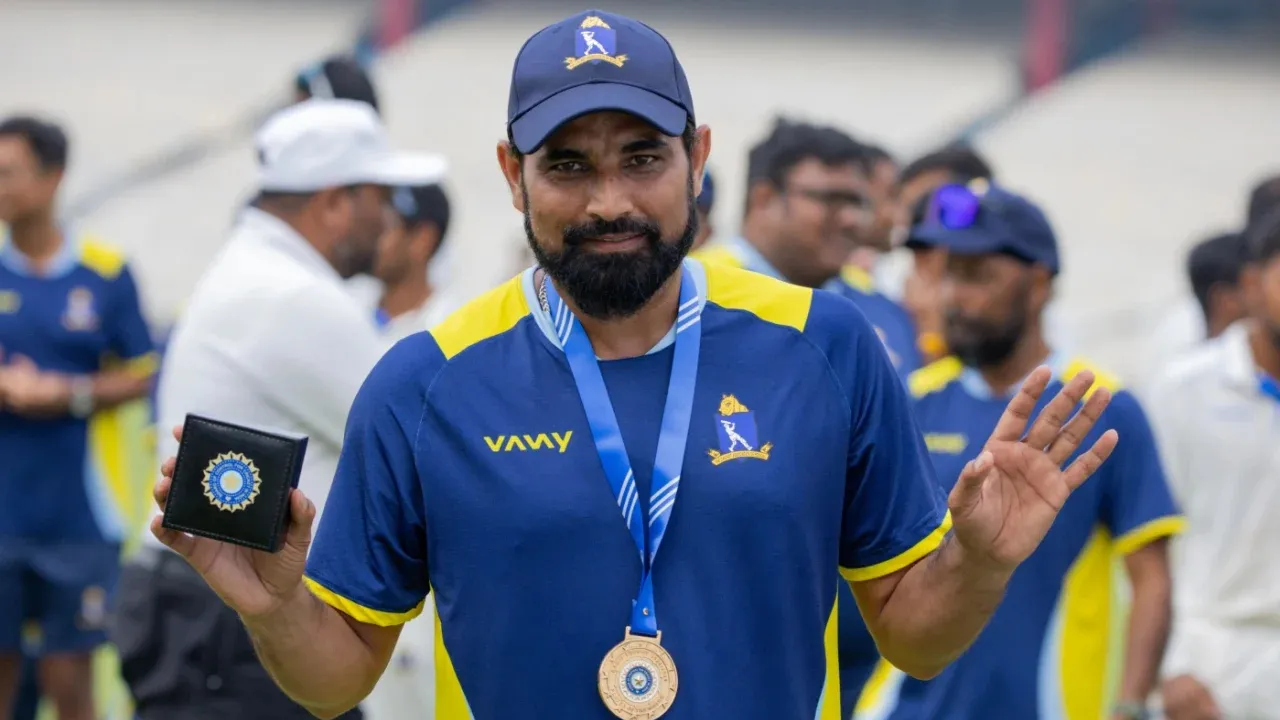

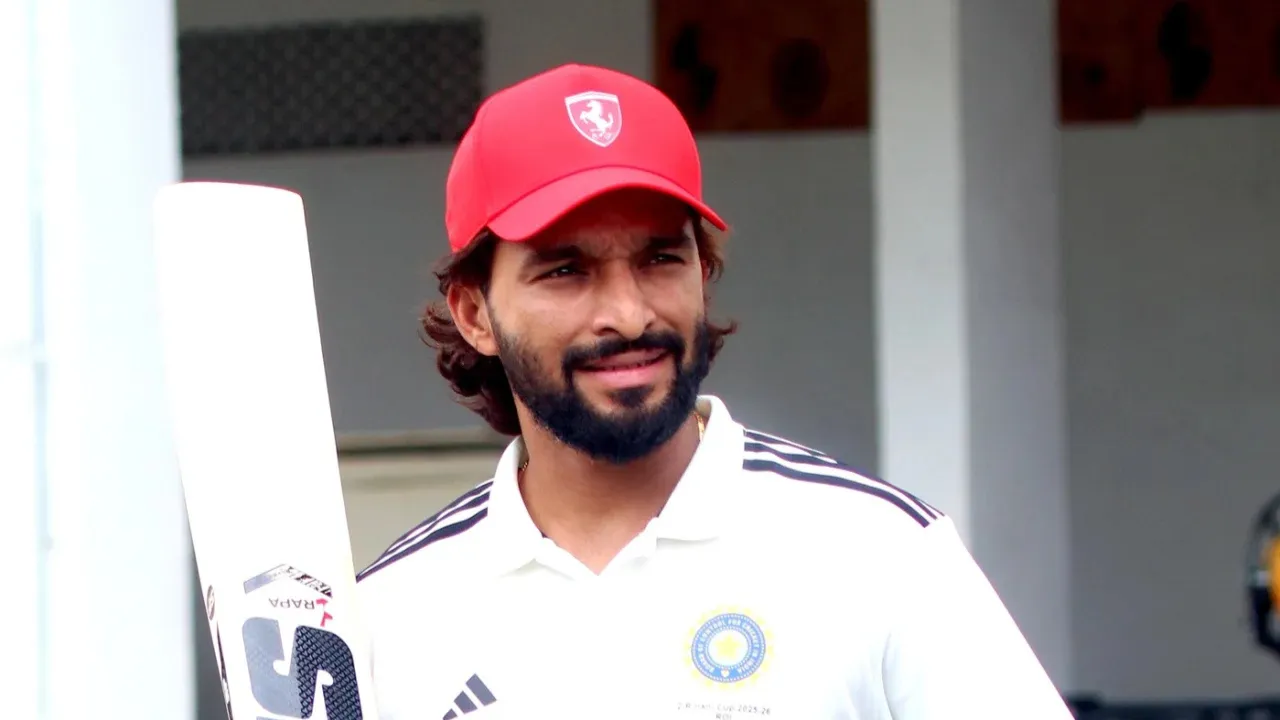



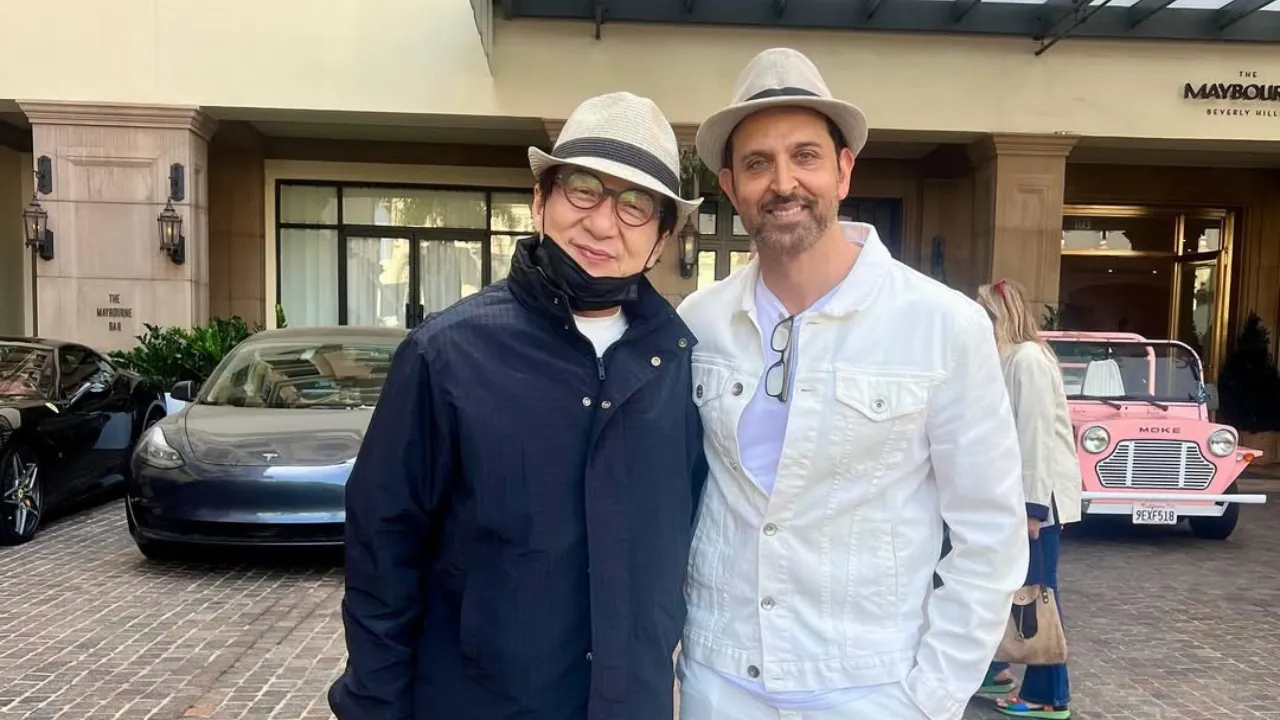

Ravi Shastri Breaks Silence on Family Travel Diktat!